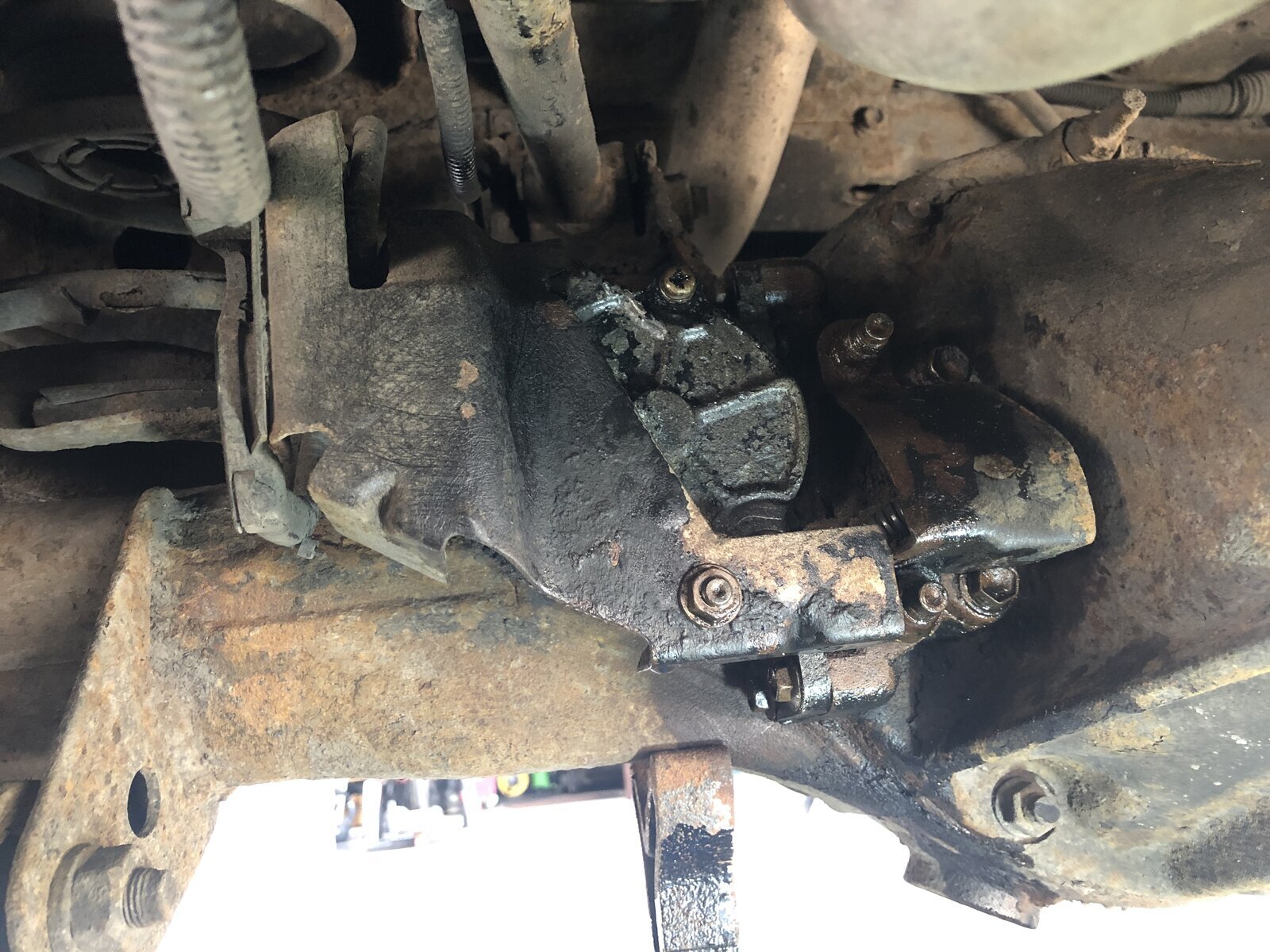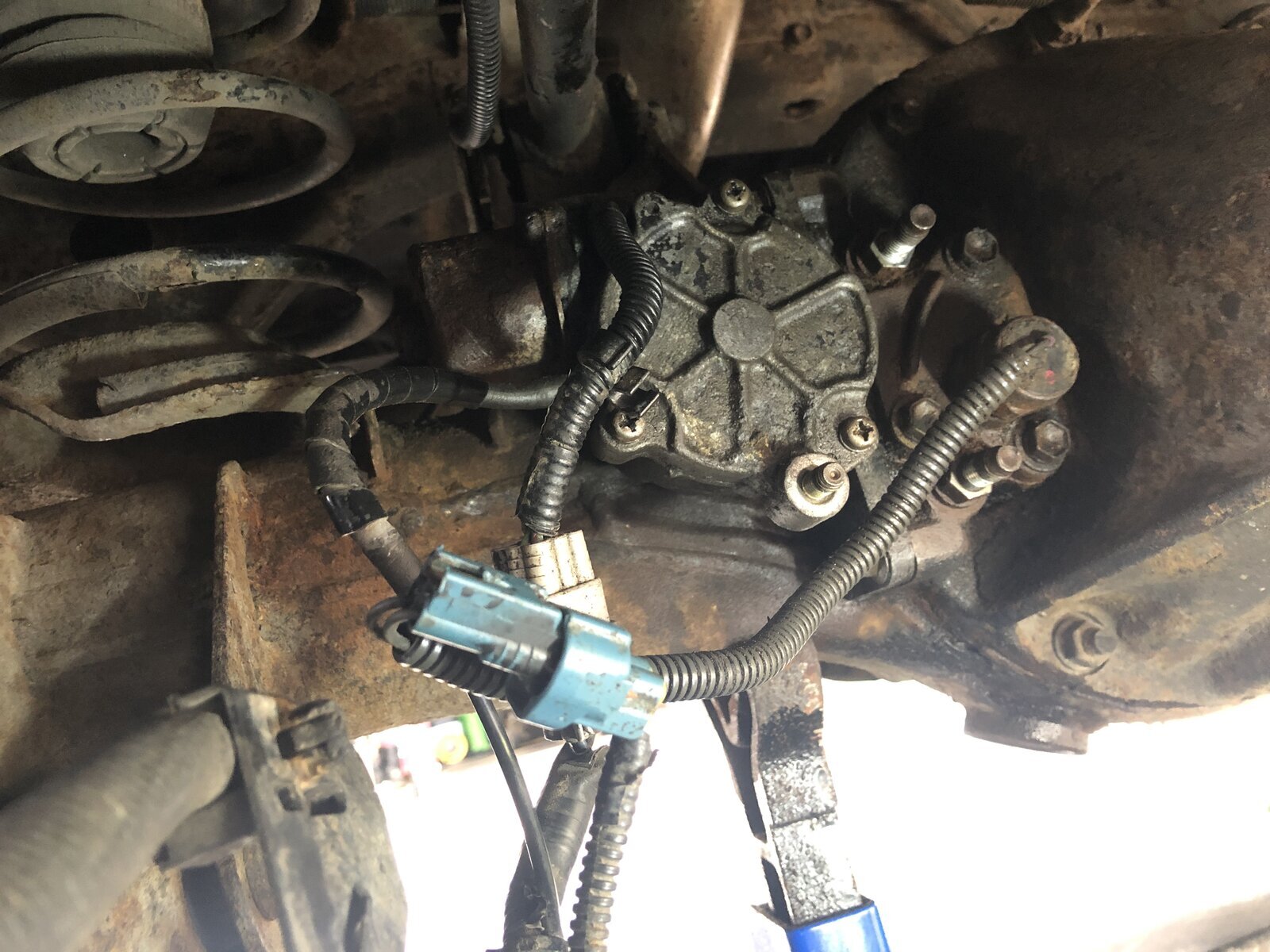knicko
Member
- Joined
- Dec 23, 2012
- Messages
- 126
- Country Flag
I have spent time going through the forum searches and service manuals, in prep for checking over my diffs to ensure all is working as it should.
My vehicle is a 5 speed auto 100 series, so has independent front suspension and therefore no front diff lock. It obviously has a centre diff lock (CDL) in the transfer box (TB) and a rear diff lock (RDL) on the rear axle (mine doesn't engage at the moment and needs checking as per the numerous posts on this subject).
As I can't easily find somewhere with a soft surface to drive round in circles trying to engage/disengage everything, I want to jack wheels off the ground and systematically check the various functions. To check I have understood this correctly, am I right in saying:
With vehicle in High ratio, autobox in Neutral and CDL off (ie. centre diff open)...
1. raise just one (front or back) wheel and it should spin by hand as ALL drive through TB is going to that axle and then to that slipping wheel?
2. raise both wheels on the same axle and ALL drive from TB goes to that raised axle, so both it's wheels can spin by hand although they will go in opposite directions because the diff on that axle is still 'open' too?
Now if I lock the CDL, the front and rear axles are locked together, so...
3. if I raise one any one (front or back) wheel, it will NOT turn by hand as the wheels on the opposite (front or back) axle are grounded and therefore lock up both the axles?
4. This effectively tells me that the CDL is engaged and working properly?
So if I then want to check the RDL function...
5. I will need both back wheels off ground and at least one front wheel off ground, because RDL will only work with Low ratio, which automatically engages the CDL and therefore I need a front wheel to slip to allow me to turn the rear wheels by hand?
6. If I can get the RDL to engage, both raised back wheels will turn together in the same direction when one is turned by hand?
7. I presume that by turning the back wheels, I will see the raised front wheel spin too, as it is locked to the rear axle via the CDL?
I'm on my own and I've only got two axle stands and one trolley jack, so trying to work out the most efficient way to check all this, but I've got a feeling I've confused myself now!!
My vehicle is a 5 speed auto 100 series, so has independent front suspension and therefore no front diff lock. It obviously has a centre diff lock (CDL) in the transfer box (TB) and a rear diff lock (RDL) on the rear axle (mine doesn't engage at the moment and needs checking as per the numerous posts on this subject).
As I can't easily find somewhere with a soft surface to drive round in circles trying to engage/disengage everything, I want to jack wheels off the ground and systematically check the various functions. To check I have understood this correctly, am I right in saying:
With vehicle in High ratio, autobox in Neutral and CDL off (ie. centre diff open)...
1. raise just one (front or back) wheel and it should spin by hand as ALL drive through TB is going to that axle and then to that slipping wheel?
2. raise both wheels on the same axle and ALL drive from TB goes to that raised axle, so both it's wheels can spin by hand although they will go in opposite directions because the diff on that axle is still 'open' too?
Now if I lock the CDL, the front and rear axles are locked together, so...
3. if I raise one any one (front or back) wheel, it will NOT turn by hand as the wheels on the opposite (front or back) axle are grounded and therefore lock up both the axles?
4. This effectively tells me that the CDL is engaged and working properly?
So if I then want to check the RDL function...
5. I will need both back wheels off ground and at least one front wheel off ground, because RDL will only work with Low ratio, which automatically engages the CDL and therefore I need a front wheel to slip to allow me to turn the rear wheels by hand?
6. If I can get the RDL to engage, both raised back wheels will turn together in the same direction when one is turned by hand?
7. I presume that by turning the back wheels, I will see the raised front wheel spin too, as it is locked to the rear axle via the CDL?
I'm on my own and I've only got two axle stands and one trolley jack, so trying to work out the most efficient way to check all this, but I've got a feeling I've confused myself now!!







